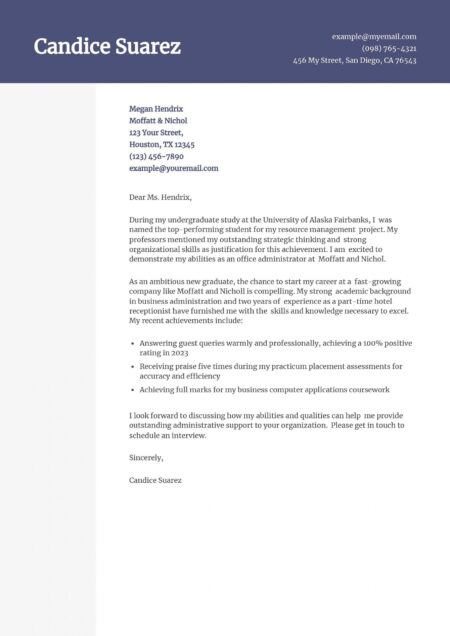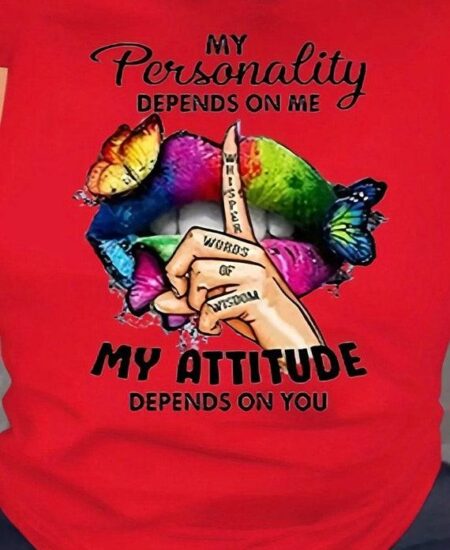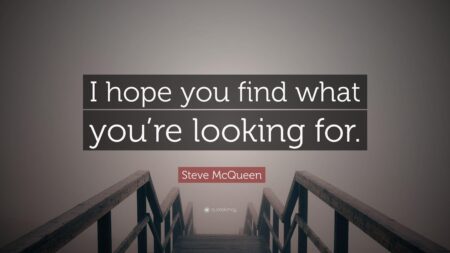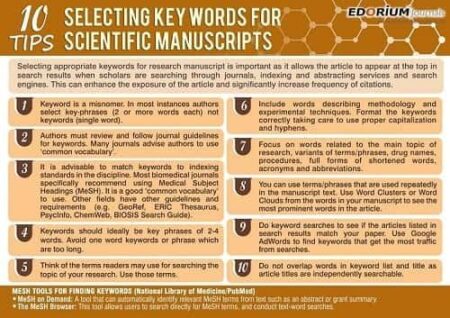Namibia is facing a controversial decision as it prepares to cull over 700 wildlife animals, including elephants and hippos, in a move aimed at managing ecological balance and addressing growing human-wildlife conflicts. The plan, which has sparked meaningful debate among conservationists, government officials, and local communities, involves the distribution of the meat from thes culled animals to combat food insecurity and support impoverished populations. As Namibia grapples with issues such as declining resources and increasing wildlife populations, the government asserts that the culling is a necessary step in promoting sustainable coexistence. This article delves into the complexities surrounding Namibia’s plan, exploring the ecological implications, community impact, and the broader conversations about wildlife management in the region.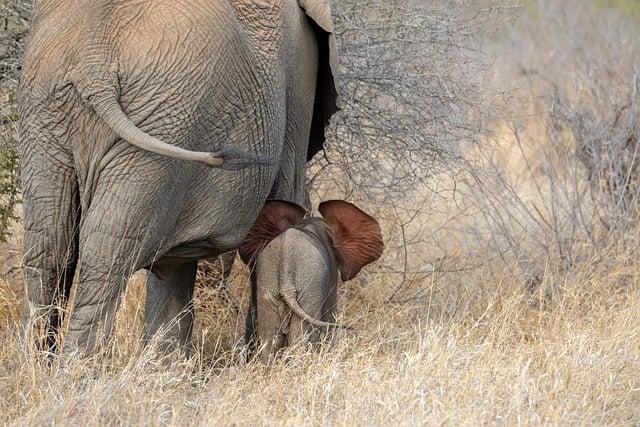
Namibia’s Controversial Wildlife management Strategy Under Debate
The recent announcement from Namibia’s government regarding the culling of over 700 animals, including majestic elephants and hippos, has ignited a widespread debate on the ethics and effectiveness of wildlife management strategies in the country. Proponents argue that the culling is necessary to control the population of these species, which can cause significant damage to crops and pose threats to local communities. They emphasize that this action is part of a broader wildlife conservation plan, aiming to balance human-animal conflicts and ensure sustainable environments. Others, however, view the measures as draconian and misaligned with conservation efforts, asserting that non-lethal methods should be prioritized to manage wildlife populations.
Critics question the decision to distribute the meat from the culled animals, arguing that it feeds into a troubling narrative about commodifying wildlife for short-term gains. Key points of contention include:
- Concerns over the ethical implications of killing endangered species.
- Questions about the long-term sustainability of such management practices.
- Calls for alternative solutions focusing on habitat conservation and community engagement.
As part of this ongoing dialog, the government faces immense pressure to justify its actions to both national and international audiences, which highlights the complex interplay between local livelihood needs and global conservation standards.
| Arguments For Culling | Arguments Against Culling |
|---|---|
| Control overpopulation to mitigate human-wildlife conflict | Ethical concerns regarding species extinction |
| Protection of agricultural lands | Promotion of non-lethal population management techniques |
| Potential meat distribution to local communities | Risk of undermining conservation ethics |
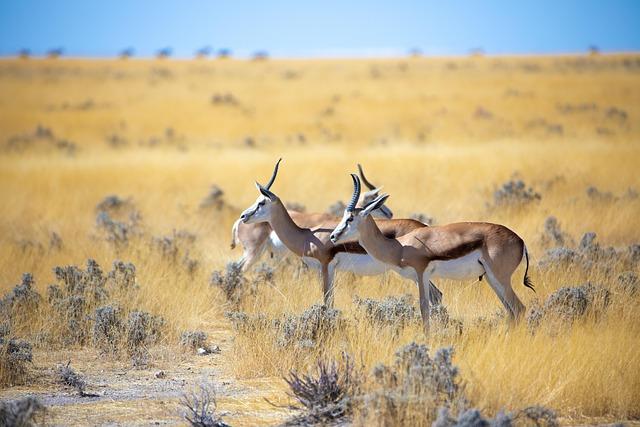
Ecological Impacts of Culling Elephants and Hippos in Namibia
The culling of elephants and hippos in Namibia raises significant ecological concerns that extend beyond the immediate act of hunting. These species play a vital role in maintaining the balance of their ecosystems. By directly affecting vegetation patterns and facilitating nutrient cycling, they contribute to the health of their habitats. Elephants, as a notable example, are frequently enough referred to as “ecosystem engineers.” Their foraging habits can shape landscapes by creating clearings that promote growth of diverse plant species. Conversely, their removal can lead to an overabundance of specific flora, which may alter the habitat and negatively impact other wildlife relying on a balanced ecosystem.
Moreover, culling these keystone species can trigger a cascade of effects throughout the food web. The potential consequences include:
- Disruption of predator-prey dynamics: With fewer hippos and elephants, predators may struggle to find sufficient food sources, leading to population declines.
- Soil degradation: The loss of these large animals can affect soil health due to reduced natural tilling and nutrient redistribution.
- Impact on water resources: Both hippos and elephants play crucial roles in managing water sources through their behaviors and habitat use.
To provide a clearer picture of the potential ecological impacts, the following table highlights the key roles of elephants and hippos within their ecosystems:
| Species | Ecological Role | Potential Impact of Culling |
|---|---|---|
| Elephant | Ecosystem engineer, seed disperser | Altered vegetation, reduced biodiversity |
| Hippo | Nutrient recycling, habitat creator | Worsened water quality, habitat loss for aquatic species |
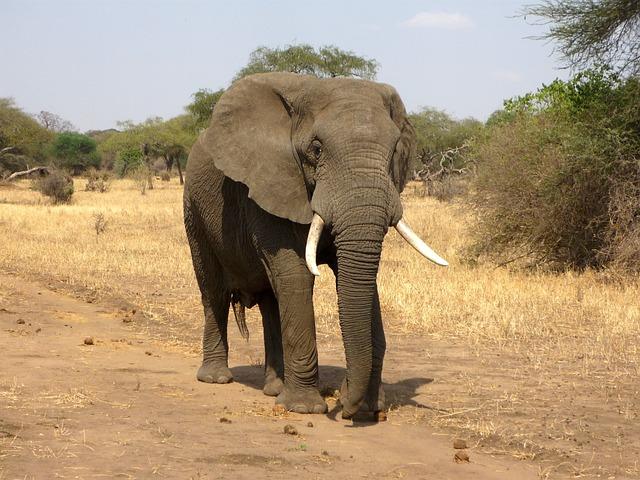
Community Involvement in Meat Distribution Initiatives
The initiative to distribute the meat from the culled animals is a multifaceted approach that seeks to engage local communities in managing wildlife populations while addressing food security. Programs are designed to involve residents in decision-making and implementation processes, ensuring that the needs and concerns of the community are prioritized. Key aspects include:
- Community Engagement: Local stakeholders are encouraged to participate actively in meetings and discussions, offering their insights and shaping how the program unfolds.
- Training Programs: Educational initiatives provide community members with skills in meat processing, ensuring they can handle the distribution effectively and safely.
- Resource Allocation: A portion of the meat from the culled animals is allocated to underprivileged families, helping to alleviate hunger in vulnerable populations.
Furthermore, by involving local communities, the initiative aims to foster a sense of ownership and responsibility towards wildlife conservation. The distribution will not only serve immediate nutritional needs but is also structured to cultivate long-term relationships between residents and wildlife authorities. The outcome is hoped to reduce human-wildlife conflict and promote sustainable coexistence. below is a table illustrating key aspects of the meat distribution initiative:
| Aspect | Description |
|---|---|
| meat Allocation | distribution of meat to local families, focusing on the underserved |
| Training | workshops on meat handling, processing, and safety |
| Community Meetings | Regular consultations to gather feedback and share updates |

Balancing Conservation Efforts with Human-Wildlife Conflict
The decision to cull over 700 animals, including iconic species like elephants and hippos, raises complex ethical and ecological questions. This drastic measure, primarily aimed at mitigating human-wildlife conflict, reflects the stark reality of conservation management in Namibia, where growing human populations increasingly encroach upon wildlife habitats. Local communities often suffer significant losses in agriculture and property due to wildlife interactions, leading to a pressing need for sustainable solutions that prioritize both human safety and animal welfare.The challenge lies in finding a balance that minimizes conflict while preserving biodiversity.
Effective strategies must integrate various approaches, including:
- Community Engagement: Involving local communities in conservation efforts can foster a sense of stewardship over wildlife.
- Non-lethal Management: Techniques such as wildlife corridors,compensation schemes,and deterrence methods can mitigate conflict without resorting to culling.
- Education and Awareness: Raising awareness about the importance of wildlife and biodiversity helps build tolerance and understanding among peopel.
additionally, the distribution of meat from culled animals presents an prospect to support local communities economically, potentially transforming a contentious issue into a mutually beneficial arrangement. however, for these initiatives to succeed, ongoing dialogues between conservationists, governments, and local populations are crucial. Implementing a framework that respects both human livelihoods and wildlife conservation will be essential as Namibia navigates this complex landscape.

alternatives to Culling: Exploring Non-lethal Solutions
as Namibia faces a contentious decision regarding the culling of over 700 animals, exploring non-lethal alternatives becomes increasingly urgent. Various strategies can be implemented to manage wildlife populations and reduce human-wildlife conflict without resorting to lethal measures. Some of these alternatives include:
- relocation: Translocating animals to less populated areas can help balance ecosystems and minimize issues with human settlements.
- Habitat modification: Adjusting land use and improving agricultural practices can create a more harmonious coexistence between humans and wildlife.
- Fencing and barriers: Installing protective barriers can prevent wildlife from entering farming areas, thereby reducing the likelihood of conflict.
- Community engagement: Involving local communities in wildlife management can create stewardship and promote conservation efforts, leading to collaborative solutions.
- Non-lethal deterrents: Utilizing methods such as noise repellents or chemical repellents can definitely help to keep wildlife away from populated areas.
Moreover, implementing effective wildlife management policies that include education and awareness programs is vital. These initiatives can inform communities about wildlife behavior and encourage coexistence. Consideration of economic incentives,such as ecotourism,coudl also contribute positively,creating financial motivations to protect wildlife rather than cull them. The following table outlines the potential benefits of non-lethal solutions:
| Non-lethal Solution | Potential Benefits |
|---|---|
| Relocation | Reduces local population density, promoting ecosystem balance. |
| Habitat Modification | Enhances coexistence and minimizes human-animal conflict. |
| Community Engagement | Strengthens conservation commitment among local populations. |
| Non-lethal Deterrents | Prevents wildlife incursions without harming animals. |

International Response and Ethical Considerations on Wildlife Management
The international community has expressed a mix of concern and support regarding Namibia’s controversial decision to kill over 700 animals, including elephants and hippos. Critics argue that this approach raises significant ethical questions about the treatment of wildlife and the sustainability of such practices. Conservationists emphasize the need for responsible wildlife management that prioritizes ecological balance and animal welfare. In contrast, proponents of the culling defend it as a necessary measure to control overpopulation and mitigate human-wildlife conflict, citing challenges such as agricultural damage and safety threats posed by large herbivores.
Furthermore, ethical considerations extend beyond animal welfare to touch on human rights and community involvement in these decisions. An effective wildlife management strategy often requires a multi-faceted approach that respects the needs and voices of local communities. Key aspects include:
- Equitable distribution of resources
- Engagement with indigenous populations
- Development of alternative income sources derived from conservation
A comprehensive understanding of the socio-economic context is essential for crafting policies that not only manage wildlife but also support community livelihoods. The potential for distributing the meat from culled animals has sparked discussions about food security and local governance, making it clear that wildlife management is not merely an ecological issue but a complex tapestry of social, economic, and ethical implications.

Concluding Remarks
Namibia’s controversial decision to cull over 700 animals, including iconic species such as elephants and hippos, underscores the complex challenges facing wildlife management in the region. The government’s plan aims to address issues stemming from human-wildlife conflict, resource scarcity, and the preservation of local ecosystems, while also providing meat for communities in need.However,this bold move has sparked a heated debate about ethical wildlife conservation practices,biodiversity,and the long-term implications for Namibia’s rich natural heritage. As stakeholdersŌĆöincluding conservationists, local communities, and policymakersŌĆönavigate this multifaceted issue, the global community watches closely, highlighting the delicate balance between human interests and wildlife preservation in an ever-changing world.


